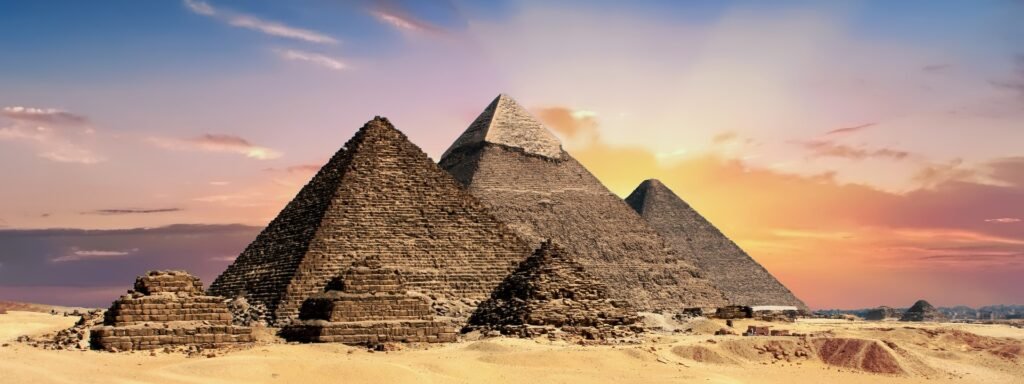Reflexology, an ancient healing practice that involves applying pressure to specific points on the feet and hands, has a history that spans millennia. Its development from its early roots to its current form is a testament to its enduring popularity and effectiveness in promoting holistic well-being. In this blog post, we’ll embark on a journey through time to explore the fascinating history of Reflexology and how it has evolved since its inception.
Ancient Origins
Reflexology’s origins can be traced back to ancient civilizations, particularly in Egypt and China. In these early societies, healers and practitioners believed in the existence of energy pathways within the body. They thought that specific points on the feet and hands were connected to various organs and systems, and by manipulating these points, balance and healing could be achieved.
– Egypt: Hieroglyphics found on ancient Egyptian tombs depict scenes of foot massages, showcasing the significance of this practice in their culture. It was believed to be a means of promoting health and well-being.
– China: In Chinese medicine, the concept of Qi, or vital energy, was central to their understanding of the body. Reflexology principles aligned with this idea, emphasizing the flow of energy throughout the body and the importance of maintaining balance.
The Birth of Modern Reflexology:
While Reflexology has ancient roots, its modern development began to take shape in the early 20th century. Two notable figures played pivotal roles in shaping the practice we know today:
– Dr. William H. Fitzgerald: Dr. Fitzgerald introduced the concept of zone therapy, dividing the body into ten longitudinal zones. He believed that by applying pressure to specific areas within these zones, pain and discomfort could be alleviated.
– Eunice Ingham: Eunice Ingham is often considered the mother of modern Reflexology. She refined and expanded Dr. Fitzgerald’s work, particularly focusing on the feet. Ingham’s mapping of reflex zones on the feet became the foundation for contemporary Reflexology practice. As an IIR practitioner, it is her method that I practice and which has had the greatest impact in my experience.
Holistic Healing and Global Spread:
In the latter half of the 20th century, Reflexology gained popularity as a complementary therapy in the Western world. It became recognized for its ability to promote relaxation, reduce stress, and support overall health. Today, Reflexology is practiced worldwide and often integrated into holistic wellness approaches.
Ongoing Research and Future Potential:
Reflexology continues to evolve, with ongoing research exploring its potential health benefits. Studies delve into its impact on pain management, relaxation, and its role in promoting a sense of well-being. As scientific understanding advances, Reflexology’s place in modern healthcare continues to expand.
Conclusion:
The history of Reflexology is a testament to the enduring power of ancient healing practices. From its origins in Egypt and China to its modern development by pioneers like Dr. Fitzgerald and Eunice Ingham, Reflexology has come a long way. Today, it stands as a holistic healing art embraced by people worldwide, offering a path to relaxation, balance, and well-being in our fast-paced world. Whether you’re a seasoned enthusiast or a newcomer to the world of Reflexology, its rich history and ongoing evolution make it a practice worth exploring for its potential to enhance your health and vitality.
#reflexology #shrewsbury #IIRmethod

